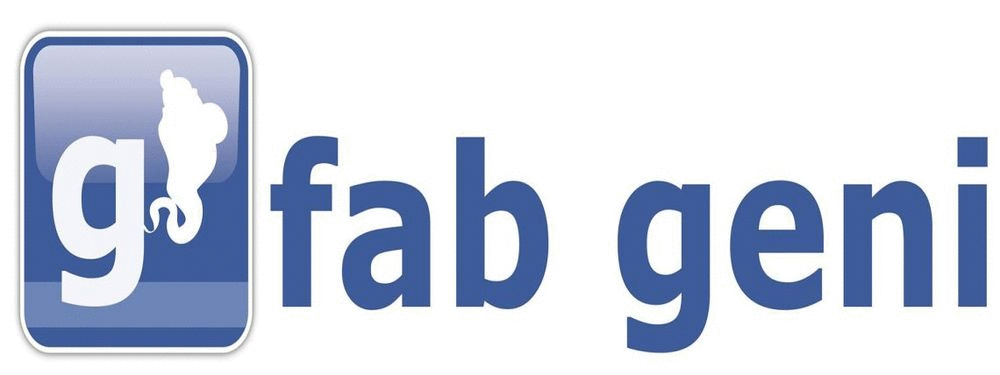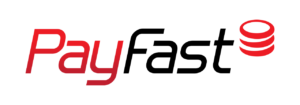In today’s digital marketing landscape, the when separate entities of seo and public relations are merging to form a brand-new, hybrid department. As Google’s standards on quality content progressed, so too did the link-based techniques digital online marketers always depend on to attain strong search rankings. Google’s changes, starting with the Penguin update and evolving into an authority-based algorithm, shook the world of SEO. It quickly ended up being evident that PR specialists were best fit to fill deep space. Today, PR and SEO are incorporating their efforts and ability so completely, it is becoming progressively difficult to identify one from the other.In the last 2 to 3 years, near to 85 percent of our customers have actually integrated their PR and SEO efforts. At Sparkle, our material marketing efforts are leveraged by our PR team. While PR pitches to media partners, our SEO team pitches to blog writers and influencers. PR is entrusted with getting premium, authoritative links while SEO uses PR contacts to create authoritative links and mentions.From Link Structure to Link Baiting Before the content marketing revolution
, link structure was the tactical structure of SEO
. The teams that did the work were largely comprised of back-end technologists. As John Rampton mentions in a current short article, this changed when Google altered its algorithm to put a much higher premium on relevant, premium, reliable content.The old guidelines, which relied on huge link-building structures, all of a sudden not applied.
The function of SEO was no longer to build links, but to make material on web pages so engaging that they functioned as bait for reputable, established sites to connect to them voluntarily.This brand-new SEO method got the attention of large media companies, which public relations professionals have been practicing for generations.PR and SEO: Perfect Together As previously mentioned, SEO professionals historically came from technical backgrounds. Their skills involved back-end operations and analytics.
PR professionals have always been relationship people. The most highly-coveted( and finest paid) PR professionals were those who could foster bonds with publishers, reporters and other media players. The issue was that their outcomes were hard to measure and ROI was hard to quantify.Backed by the metric-based analytical skills of SEO professionals, however, modern-day PR experts can now dependably determine the efficiency of their campaigns. On the other side of the coin, SEO teams can utilize their PR partners ‘relationships to
make the links that Google favors so heavily.In reality, the specific skill sets of PR and SEO are so complementary that even their tools are beginning to overlap.Tools for Success As Forbes likewise explains, content calendars, which were when a scheduling and management tool utilized solely by PR agents, are now being extensively adopted by SEO teams.Platforms like Help a Reporter Out set journalists and content creators with experts eager to provide their reliability in exchange for a link. Squarely in the center sits both the general public relations experts who handle those relationships and SEO teams that use the connect to gain ground with Google. Both the SEO teams and PR teams that we’ve worked with are using
platforms like HARO, PressRush, and Vocus.Tips for Combining Your SEO and PR Efforts Our experience incorporating our PR and SEO groups taught us some valuable lessons: Interact PR and SEO groups must create and share interdepartmental editorial calendars to prevent conflicts or work duplications.Treat social media as an offshoot of search Just as the line in between PR and SEO becomes increasingly blurred, so too is the line between searching and social networks. Online search engine were long the domain of technical SEO specialists, and social networks was the play ground for bold, catchy PR campaigns. As a bigger chunk of audiences now use social for primary browsing, SEO pros need to apply their analytical skills to social projects and take advantage of social platforms for content promo. We’ve had fantastic success using Facebook Advertisements to
magnify content shared on social, which has in turn
generated effective media mentions.Target influencers Hyperlinks from large, reputable publications are the ultimate benefit. A couple of links from top sites are much more valuable than great deals of low-grade links from doubtful sites. The problem is, however, that everyone is vying for their attention, so it is challenging to obtain them to see your brand name. Rather of targeting them straight, PR should concentrate on more readily offered influencers in social networks and blogging. A top publication is even more likely to notice a reference from an influencer than they are to respond to even the very best direct pitch or news release. SEO can focus on medium
and lower quality publications while PR active concentrates on the greater end publications.Respect the value of points out Jonathan Long, creator and CEO of Marketing Domination Media, mentioned that” implied links”will quickly be as essential as SEO advances. The best way to chase suggested links, or regular brand mentions that aren’t always accompanied by real links, is through PR campaigns.Google’s love of compelling content has actually quickly produced a merger between PR specialists and SEO teams. As soon as Google started penalizing practically all SEO techniques that can be automated, the value of public relations as a complementary skill set became evident.
Today, public relations and search engine optimization are two sides of the very same coin. Although they will always maintain their unique identities, they need to no longer operate as different units. One depends upon the other to spread out content, drive branding, and obviously, keep Google happy.This post is thanks to BusinessCollective, including believed leadership content by ambitious young entrepreneurs, executives & little service owners.









